This post may contain affiliate links. Please read our disclosure policy.
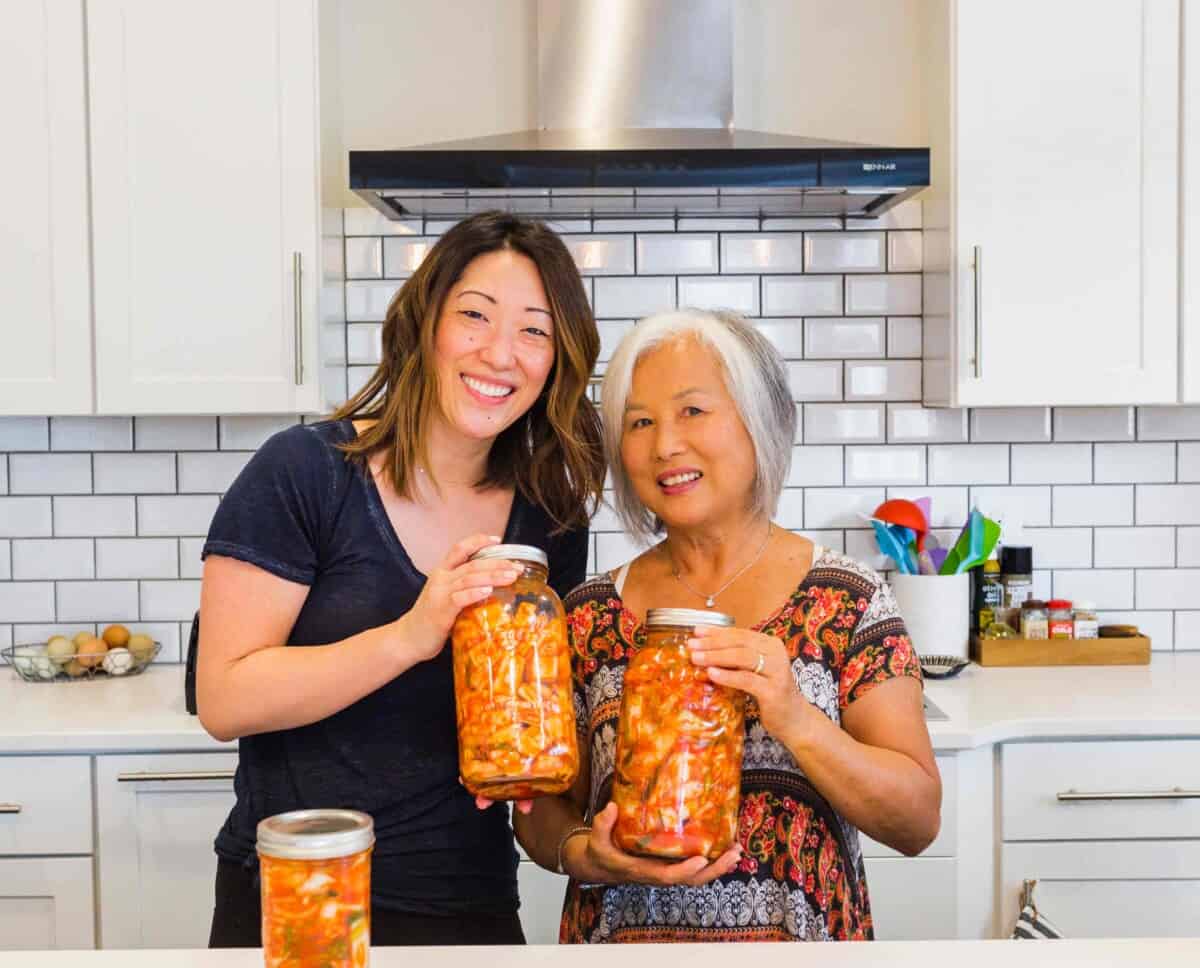
I FINALLY KNOW HOW TO MAKE HOMEMADE KIMCHEE (or homemade kimchi; please read the history of the word ‘kimchee’ and ‘kimchi’ below).
My friend’s Korean mother came over to my house and taught me how to make homemade kimchi/kimchee and I am forever grateful.
I eat so much kimchi/kimchee. I buy bags of them at the Asian mart and they aren’t cheap. One bag is about $13 and it only lasts me about a week.
I also love incorporating kimchee into a variety of dishes.
I put kimchee in fried rice (I have a kimchi fried rice in my cookbook), on top of scrambled eggs, on top of burgers, on top of bulgogi, and so much more.
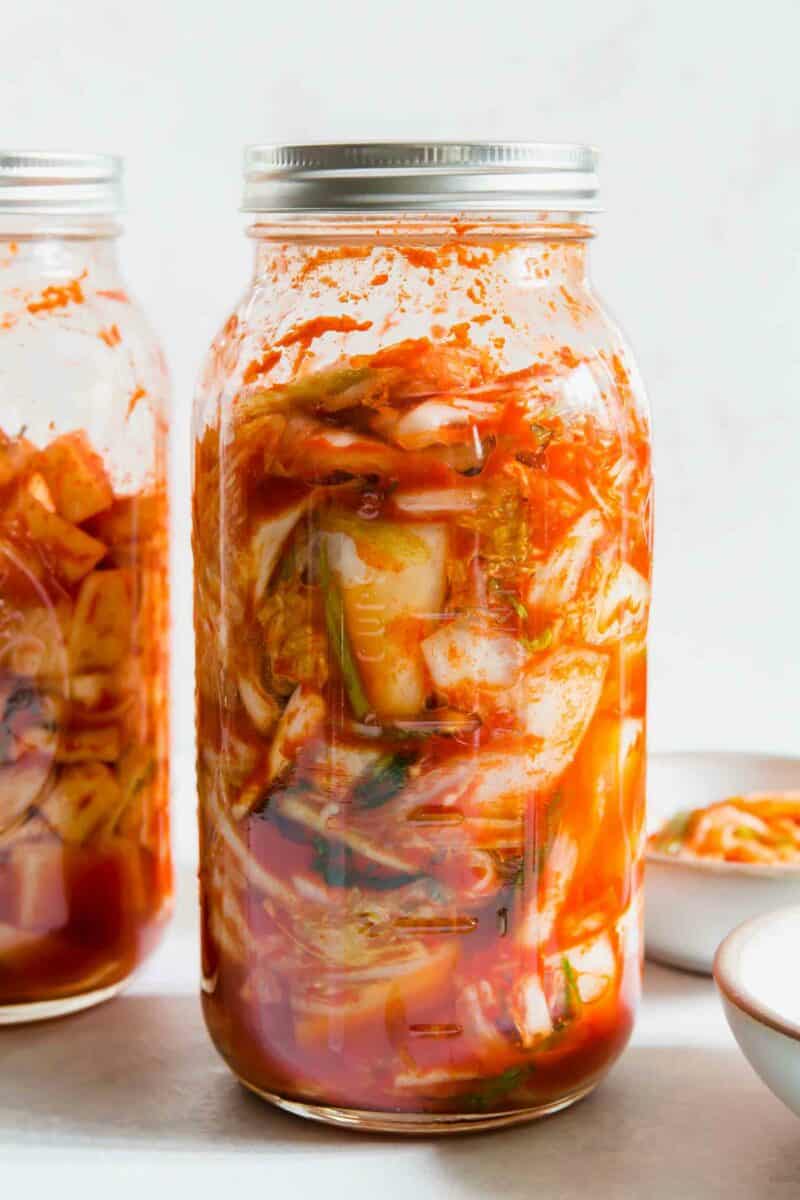
What is kimchi/kimchee?
Kimchi or kimchee is a staple traditional Korean side dish made of fermented and salted Napa cabbage and radish.
What does kimchee like?
It has a multitude of flavors. The prominent flavors are garlicky, sour, and spicy.
Is homemade kimchee really spicy?
Depends on what kind of kimchee you make and/or buy. Some can be really spicy but with homemade kimchee you can tailor it to your spice level.
Why is it spelled kimchi and kimchee?
Kimchee is the traditional way that South Koreans spell it. Kimchi is made up from the Japanese, but there is history about the spelling that you can explore more here.
Why is homemade kimchi better than store-bought?
- So much cheaper (cost-effective)
- You can make it your own
- You can share with friends and family
- It’s fun!
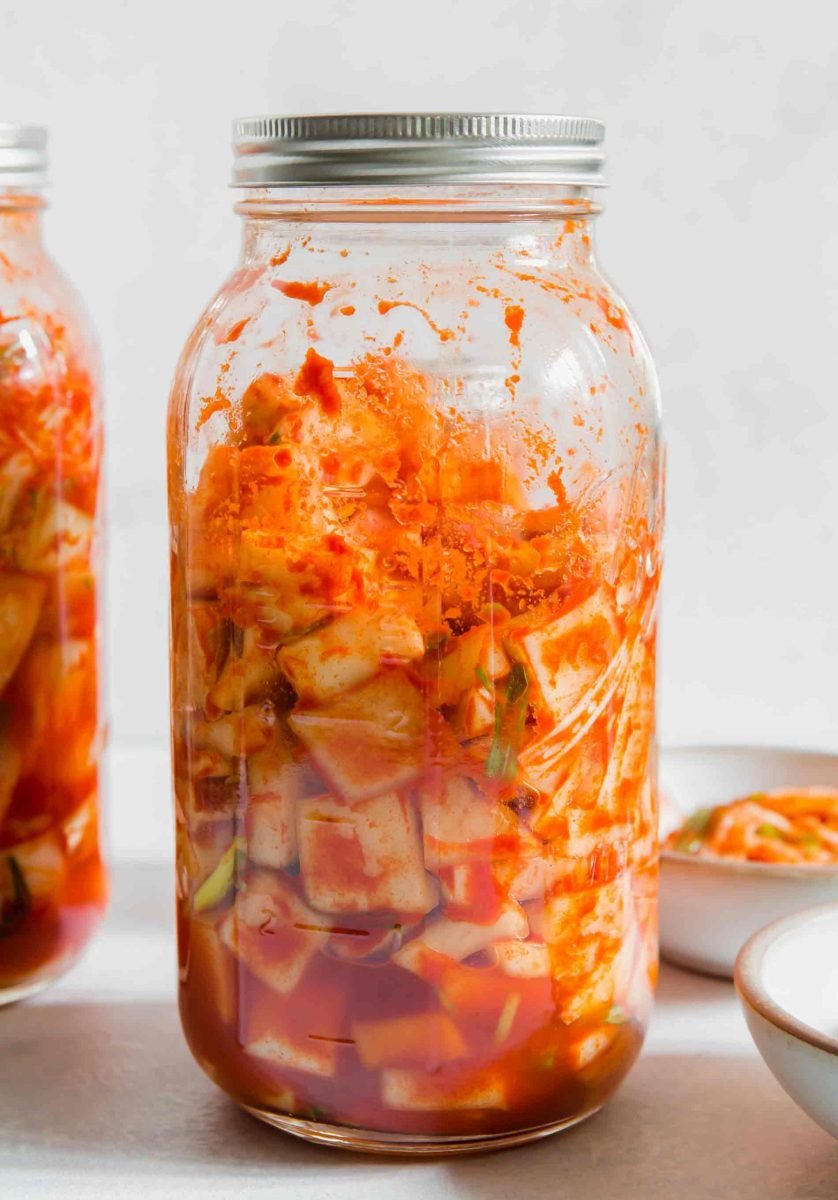
Can you use American cabbage?
No, it won’t be the same.
Can I use gochujang instead of the red pepper powder?
No, no, no.
Can I use regular salt?
In the video, Chunok told me that you should try to get coarse sea salt and not salt like Morton’s or Diamond kosher salt because it makes the cabbage too soft and wilted and pulls out too much moisture so you’ll have a lot more liquid.
So definitely look for coarse sea salt granules.
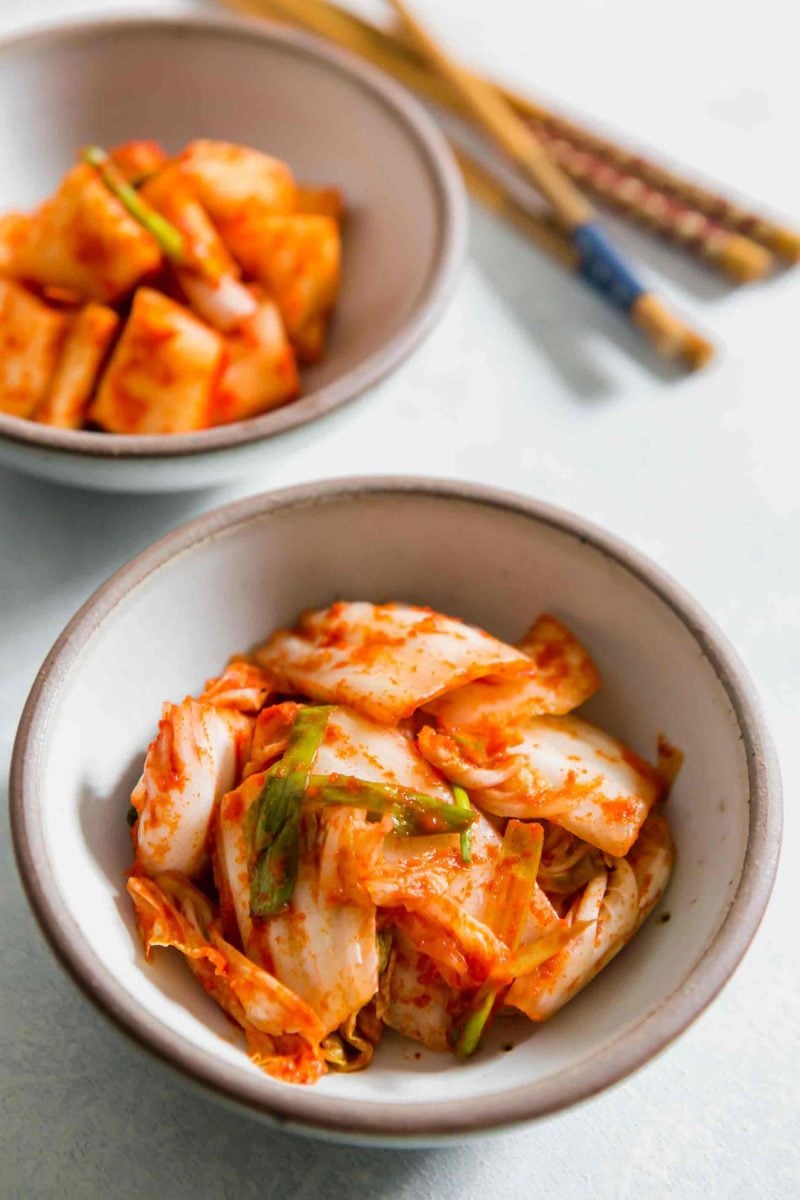
What if I can’t find the red pepper powder?
Okay, so I’m about to go on a rant here because everyone wants authentic cultural recipes but no one is willing to actually get the authentic ingredients that make the dish authentic.
You cannot substitute this red pepper powder for anything else. It is specific to kimchi.
It is not the same as cayenne pepper. It is not the same as chili powder. It is not the same as red pepper flakes. It is not the same as red pepper flakes pulverized. It is not the same as sriracha.
Another term for this Gochugaru if you cannot find ‘red pepper powder.’
I know for sure they have it on Amazon.
Please, everyone, if you want to make this authentic and for it to turn out as intended, please stop substituting and please stop lumping all Asian condiments as the same. It’s like saying we can make pasta sauce with ketchup because they’re both red and have tomato in it.
How do I get my homemade kimchee more sour tasting like what I’m used to?
Leave it out longer before you put it in the fridge.
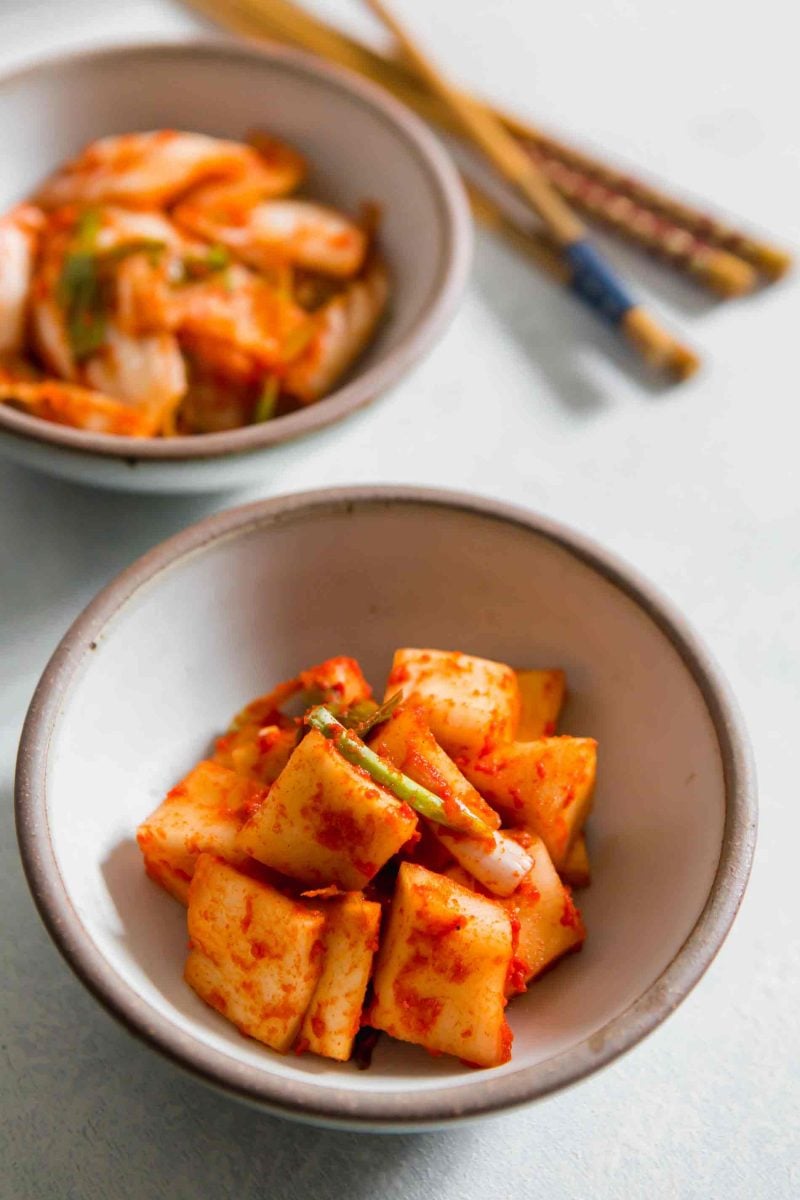
How do I get my homemade kimchee less sour? It’s too pungent for me.
Put it in the fridge earlier. Leave it overnight after you’ve made it and then put it in the fridge in the morning.
What if I don’t have a blender?
You can use a food processor.
What types of jars did you use for your homemade kimchee?
I bought wide mouth half gallon jars. The wide mouth jars make stuffing the kimchi into the jars a lot easier.
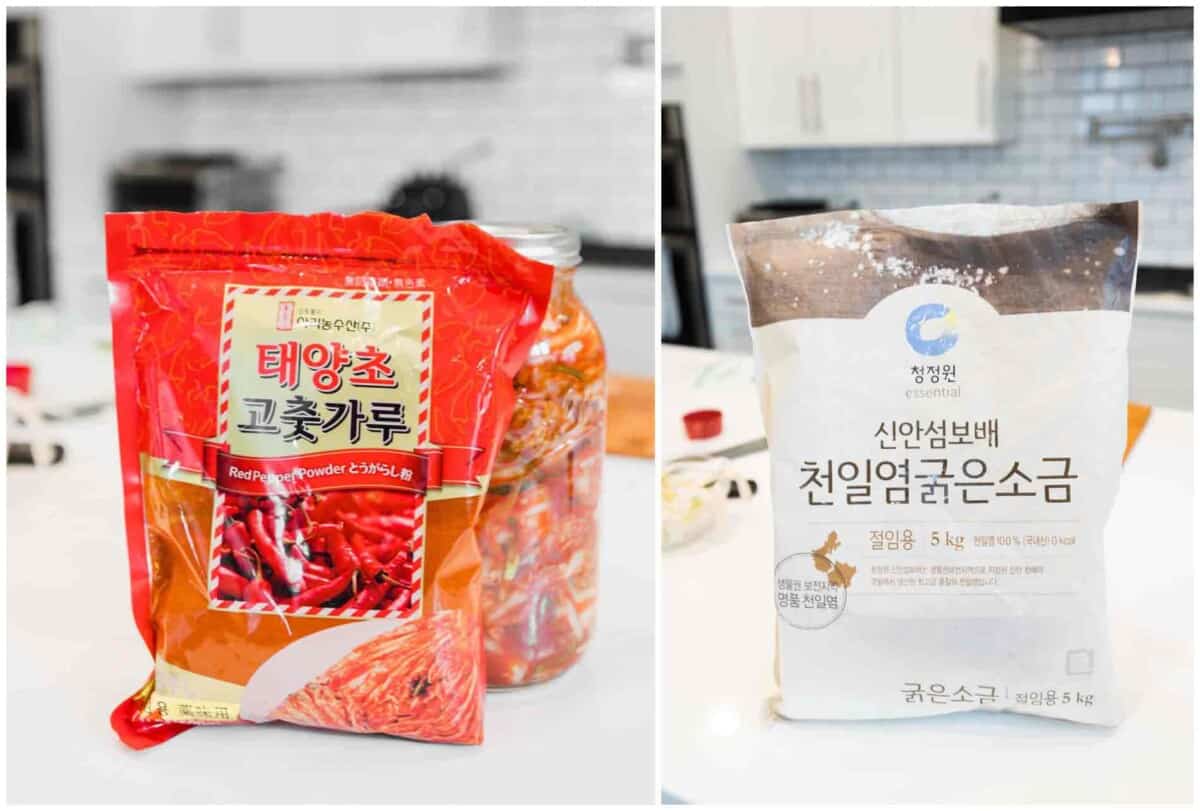
Watch us make homemade kimchee and then make it yourself!
Thank you so much Chun Ok for showing me and everyone how to make homemade kimchee! This will be a forever treasured gift.
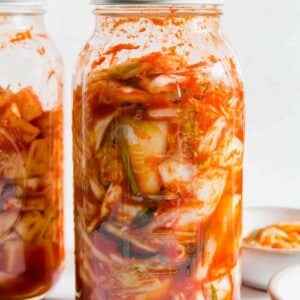
Homemade Kimchi (Kimchee)
Ingredients
For the cabbage:
- 5 pounds (2268 g) napa cabbage, cut into 1-inch, bite-sized pieces
- ½ cup (146 g) sea salt
- 1 cup (236 ml) water
Seasonings for kimchi:
- ½ medium sweet onion
- 1 bulb garlic, peeled
- ¼ cup (59 ml) water
- ½ cup (118 g) red pepper powder
- 1 bundle green onions, julienned
Instructions
- Place cabbage in a very large bowl. Mix together sea salt and water and stir until sea salt has dissolved. Pour over cabbage and mix together with your hands. Let sit for 1.5-2 hours.
- In the meantime, blend together onion and garlic with 1/4 cup water to create a puree. Pour into a medium bowl then mix together with red pepper powder and green onions. If you are making a separate radish kimchi, save a bit of this mixture for the radish kimchi.
- Once the cabbage has significantly wilted, rinse cabbage to get most of the salt water off. Place back into the very large bowl then toss the cabbage with the red pepper seasoning mixture until well-coated.
- Place seasoned kimchi into a large mason jar and using your fist, punch down the cabbage to compress it all in the jar. Keep stuffing the jar until it’s completely full and use another jar, if needed.
- Tightly close the lid on the mason jar(s) and leave out at room temperature overnight. Taste the kimchi the next day and if you prefer to have it more sour, leave out for another day or more. If you think it tastes fine after it has sat out overnight the first night, place in the fridge.
- Kimchi can last for a very long time in the fridge because it’s a fermented dish. I would say probably no more than one year though, but that’s just me haha ;)
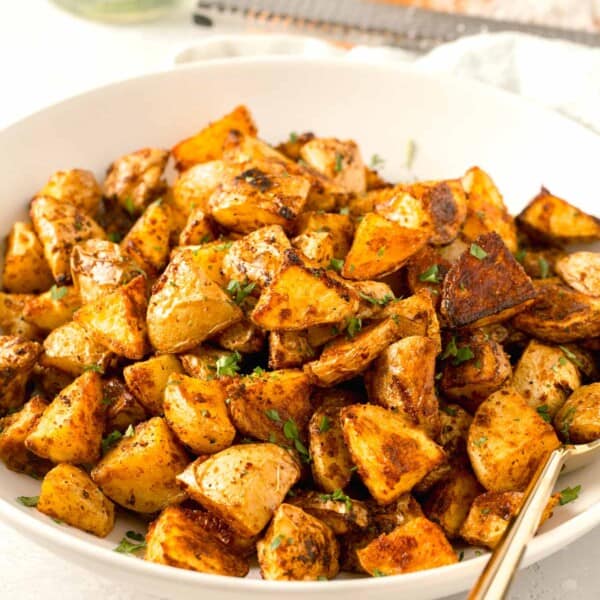


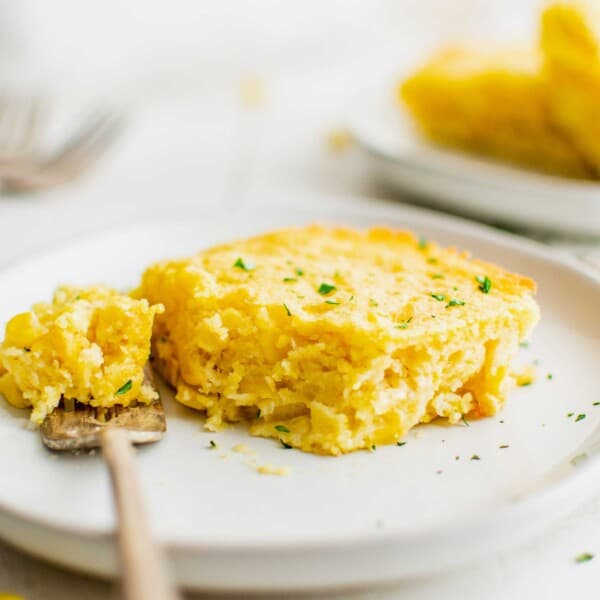







I recently made my second batch of kimchi using your recipe. The first batch I made was awesome! This second batch came out bitter even though I used the same recipe. Do you have any idea why this would happen?
it’s probably the cabbage; some just tend to be more bitter than others..i’m not quite sure though. that was from a quick google search, but in my experience, i haven’t had the bitter taste so i’m not sure how to totally get rid of it
Thanks, Julie. I think you are right, the cabbage did look a bit “older”!
Found your site this morning , got inspired and my son and I made a giant batch
Haven’t made it yet, looking for ingredients but I can only find a Korean red pepper paste rather than powder, how much paste would be equal to the powder?
Thanks!
i’m not sure as i haven’t tried it with that and don’t know the proportions
I think by paste Alex means gochujang? It’s not the same thing at all. Alex, you need gochugaru instead. Order it online if you can’t find it in an Asian market.
I think by paste Alex means gochujang? It’s not the same thing at all. Alex, you need gochugaru instead. Order it online if you can’t find it in an Asian market.
I lived in S. Korea for 9 years, and thos is the 1st kimchee that I have eaten that has onion!!! I understand kimchi recipes are handed down with the family, but all kimchee has always had a Daikon radish?!?! I showed my sister-n-law’s mother this recipe; who moved to the United States when she was 25, and she said this way Americanized!!! I want authentic Kimchee from S. Korea, not not American Kimchee!! ???
sorry you’re so upset by this, not sure what to tell ya.
Tim, I lived in Korea for a long time too. I enjoyed travelling all over the country and eating all the different versions of kimchi. There are regional differences as well as personal preferences. Some Koreans are vegan and make kimchi without fish sauce or saeujeot. The onion is new to me too, but I simply omit it. I also use ginger and definitely saeojeot because I like the fishy undertaste. We all make our beer, wine, sandwiches differently… Who’s to say what’s “authentic” when there are as many versions as there are makers? Many of my Korean students here in Canada say they are disappointed that they never meet an “authentic” Canadian. They have some idealized version in their mind without understanding that anyone with a passport belongs to this country. Authenticity is an illusion. Make your kimchi the way you like it.
How will this taste without garlic since I have to avoid garlic in my diet? Can I replace it with wasabi instead and how much ?
garlic is definitely an essential part of this recipe! i don’t think wasabi will work. sorry!
Hi I’m new to your site! I’m loving it!! Please cook with her more Korean dishes! I’m making this tomorrow!!very fun to watch!!
It’s the first time I’ve tried to make kimchi and can’t believe I’ve lived so long and only eaten kimchi made by friends, restaurants etc. This was absolutely divine. Love the simplicity which is actually the mark of a true master! Thank you so much for posting this
Great recipe! Although I have a question, if you are dissolving the salt into water to brine the cabbage, why would the size of the salt granules matter? I imagine you would need less of the fine grain since it is more compact, but once’s it’s dissolved it is all the same. Right?
The size matters because of the density of the salt. All salt has different density aka “saltiness” – here’s a great article on salt: https://www.abeautifulplate.com/cooking-salts/
No fish sauce or shrimp paste?
Just wondering
Thanks
Nope!
Fun and easy recipes